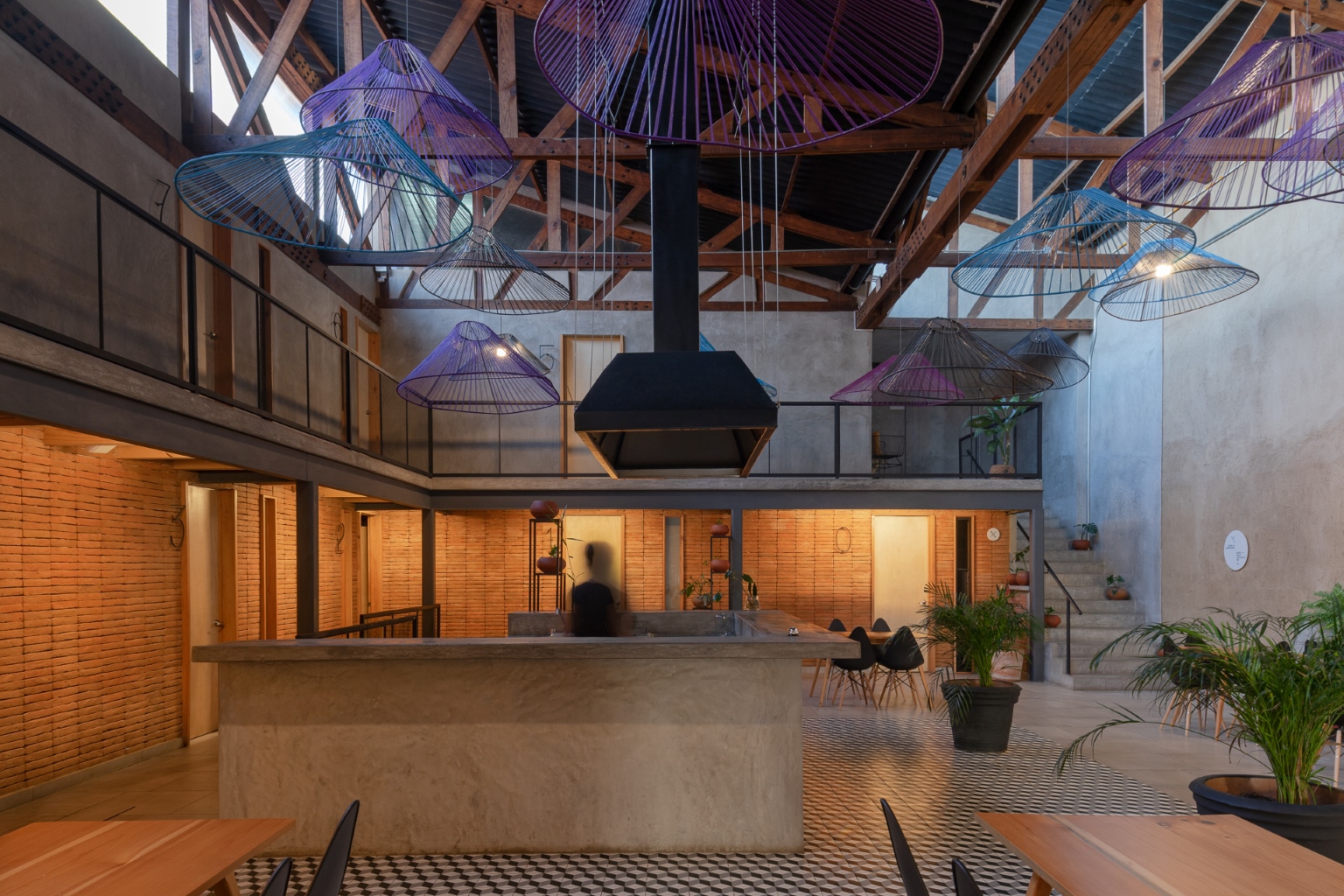When design transcends mere aesthetics, it becomes a catalyst for healing ecological systems and human relationships. Zheng He, a preservation-driven landscape designer with dual MFAs from change-leading SCAD and Changzhou University, is at the forefront of this movement. Her bold vision crystallizes in The Bridge Between People (2025), a transformative wetland intervention in Massachusetts’ Belle Isle Reservation.
Nestled between East Boston, Revere, and Winthrop, Belle Isle is a tidal marshland with layers of natural history—a mosaic of saltgrass, boardwalks, heron feeding grounds and tidal ebb and flow. The edges of this reserve meet diverse urban communities across ethnicities; despite its ecological value, the site has long lacked public infrastructure that nurtures belonging. Zheng saw an opportunity: not just to restore habitat, but to reweave community connections through design.
Engaging with Water, Temporality, and Ecology
At the heart of the project lies a simple sculptural act: a bridge that surrenders to water. During high tide, visitors find themselves partially immersed—not by accident, but by design. This measured submersion fosters an intimate encounter with tidal pulse, marsh species, and the visceral presence of water. At low tide, the same bridge reveals textures of saltgrass and mudflat ecosystems. Zheng’s design invites users to move at wetland time—to drink in its pulses, observe its inhabitants, and feel rooted in ecological rhythms.
“This is not infrastructure resisting nature,” Zheng explains. “It is an armature for observation, curiosity, emotional resonance.” The bridge encourages slow walking, bird watching, mindful reflection—habits rare in-built landscapes. It becomes an ecological stage where each step offers insight into the land’s ancient story and living cycles.
Fostering Community Across Cultures
The Bridge functions on two levels: ecological frame and cultural meeting ground. The surrounding neighborhoods, made up of white, Hispanic, Black, Asian, and other communities, represent Boston’s modern cultural complexity. Yet, the marsh lies quietly at their fringe. Zheng designed the bridge to bring people into that quiet murmur. Visitors from all walks of life share the same moment, body, and breath through observation of herons, migratory birds, fiddler crabs, and saltwater plants.
With no need for signage in multiple languages or guided tours, the space offers a nonverbal connection: watching, standing together, pausing. “Ecology as lingua franca,” Zheng calls it. Knitting together personal and communal presence, the bridge cultivates empathy across identities by reframing public space as shared ecology.
Her Practice: Across Scales, Across Materials
Zheng’s longtime dedication to protecting natural and cultural landscapes gives The Bridge added depth. Her portfolio spans sacred rural cemeteries, historic campuses, and reclaimed wetlands, and each project is rooted in scholarship and community co-design. Through award-winning efforts like Cemeteries Matter (SCAD Outstanding Thesis Award, ASIA Design Prize 2025), she advocates for “memory landscapes” that revitalize the dead as dynamic ecological places.
In parallel, her cross-disciplinary lens extends to AuraAcceptance© (founded 2024), where she mobilizes her landscape thinking within jewelry design. Using natural crystals—literal fragments of geological history—she creates wearable miniature ecosystems. Each piece is a small-scale analogue to her landscape work: a bridge between inner self and external nature, between memory and presence.
This tension—between macro-ecological scale and human-scale intimacy—is the conceptual bridge linking a wetland walkway to a crystal bracelet. Where the Bridge Between People offers an embodied public experience of place, AuraAcceptance© offers private resonance: an intimate, meditative encounter with material, memory, and meaning.
International Recognition and Media Impact
Zheng’s work has drawn global attention. The Bridge Between People premiered at 3 Days of Design Copenhagen 2025, a major festival celebrating sustainable and socially engaged design. Simultaneously, her jewelry line was featured at Paris Maison&Objet 2025, spotlighting the fusion of craft with environmental narrative. Her accolades include top-tier wins such as the Asia Design Prize, French Design Awards, NY Architectural Design Award, and multiple Muse Design Awards.
Top-tier media have responded: VOGUE China, Design Scene, ELLE China, gooood.cn, and MUSE International have profiled her work. Each publication highlights her ability to fold ecology, history, and emotional experience into robust design stories that resonate across scales.
A Future of Poetic Infrastructure
In a world increasingly fragmented by borders—physical, cultural, and emotional—Zheng He’s work offers a quiet but powerful counterforce. Whether through a bridge suspended above a tidal wetland or a crystal embedded in a bracelet, her designs invite us to slow down, observe, and reconnect with the land, with one another, and with ourselves. In doing so, she redefines preservation not just as a professional discipline, but as a deeply human act of remembering and belonging.






